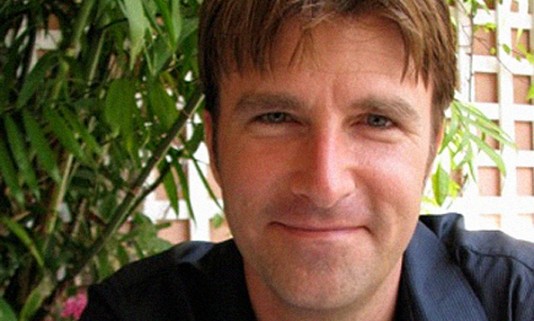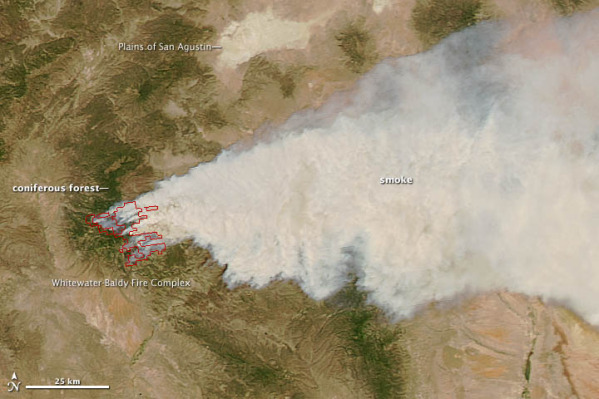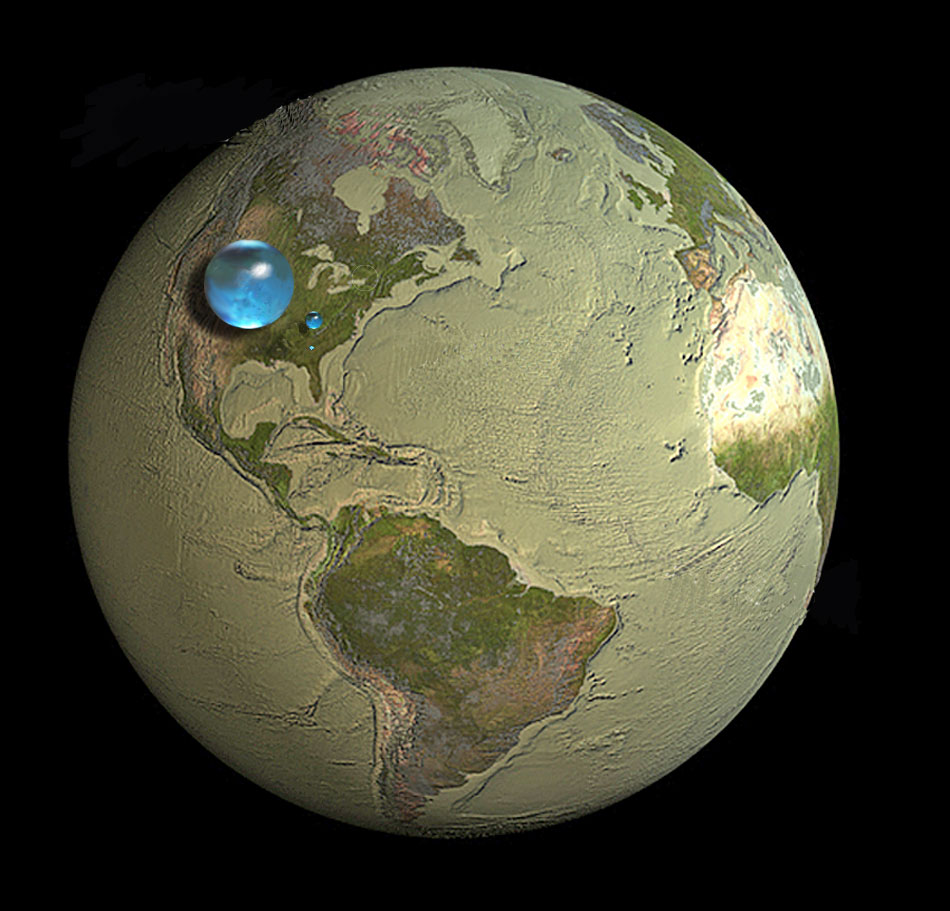Space X Falcon 9 rocket launch from Cape Canaveral. NASA.
On Tuesday, May 22, 2012, Space Exploration Technologies (SpaceX) successfully launched a Falcon 9 rocket carrying an un-manned Dragon capsule on a mission to International Space Station; an ambitious and groundbreaking event for a private company. Today, at 12:02 PM Eastern time, the Dragon capsule docked with the International Space Station (ISS) and a new era dawned.
On October 4, 1957, the world was startled by news that the U.S.S.R., “the Russian’s,” had sent an object, called a satellite, orbiting around the globe. Anxious Americans could see the blinking Sputnik circling overhead at night. On April 12, 1961, the U.S.S.R. put a man, cosmonaut Yuri A. Gargarin, inside a capsule at the top of a Vostok rocket and launched him into space, breaking the space barrier for humankind.
The U.S. quickly rallied and launched Alan B. Shepard, Jr. into space on May 5, 1961, and, on February 20, 1962, John H. Glenn, Jr. became the first American to orbit the Earth and the first man to complete three orbits.
Pushing forward, president John Kennedy launched an ambitious program to reach the moon by the end of the 1960’s. With Michael Collins piloting the Apollo Command Module in moon orbit, Neil Armstrong and Edwin Aldrin, Jr. descended to the moon in the Lunar Module. On July 20, 1969, they became the first humans to step on a celestial body beyond Earth.
The massive Apollo program transformed our world, but overtime became financially challenging and space exploration was refocused on robotic planetary missions.
The first component on the International Space Station was launched in 1998, and spacefarers began to arrive on the U.S. Space Shuttle and U.S.S.R. Soyuz. With the end of the shuttle program in July 2011, the Soyuz spacecraft became the only means of transport to ISS.
Into the breach entered a number of U.S entrepreneurs, among them Elon Musk. With a fortune made as co-founder of PayPal, Musk developed two ambitious projects: to travel to the planets and, in the available spare time, build an all-electric car that could travel 200-300 miles per charge. The Tesla Model S, the second electric car by Musk’s Tesla Motor Works, goes sale on next month.












